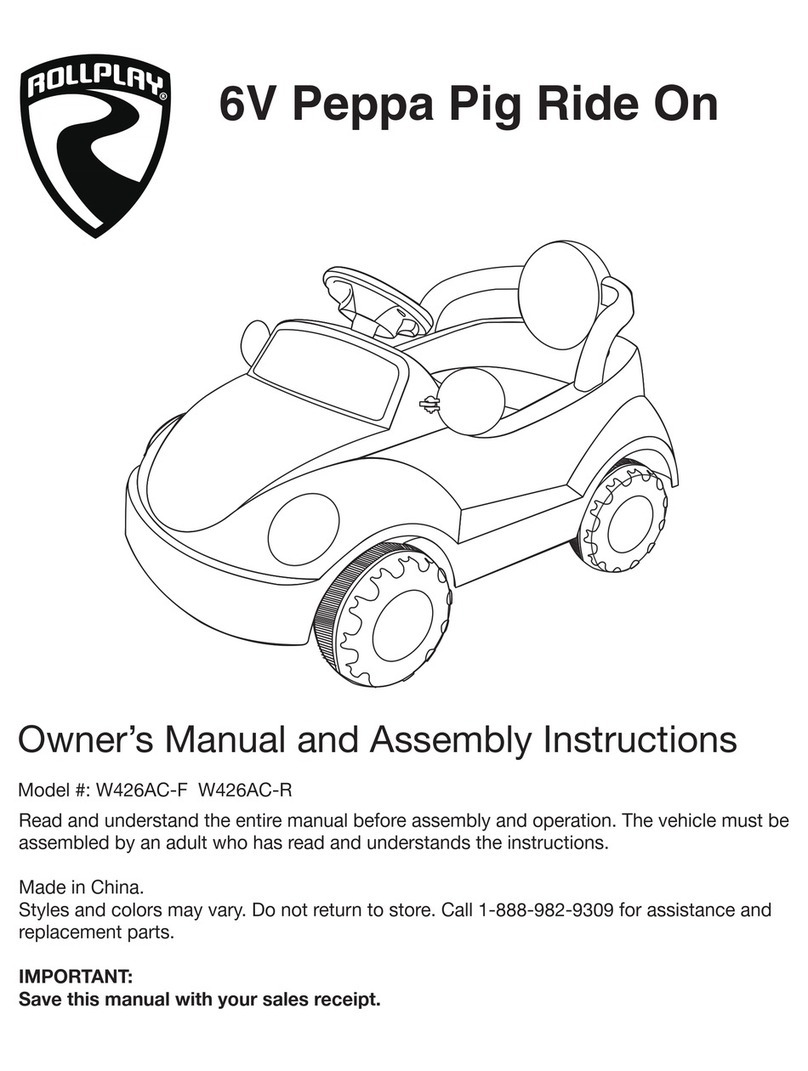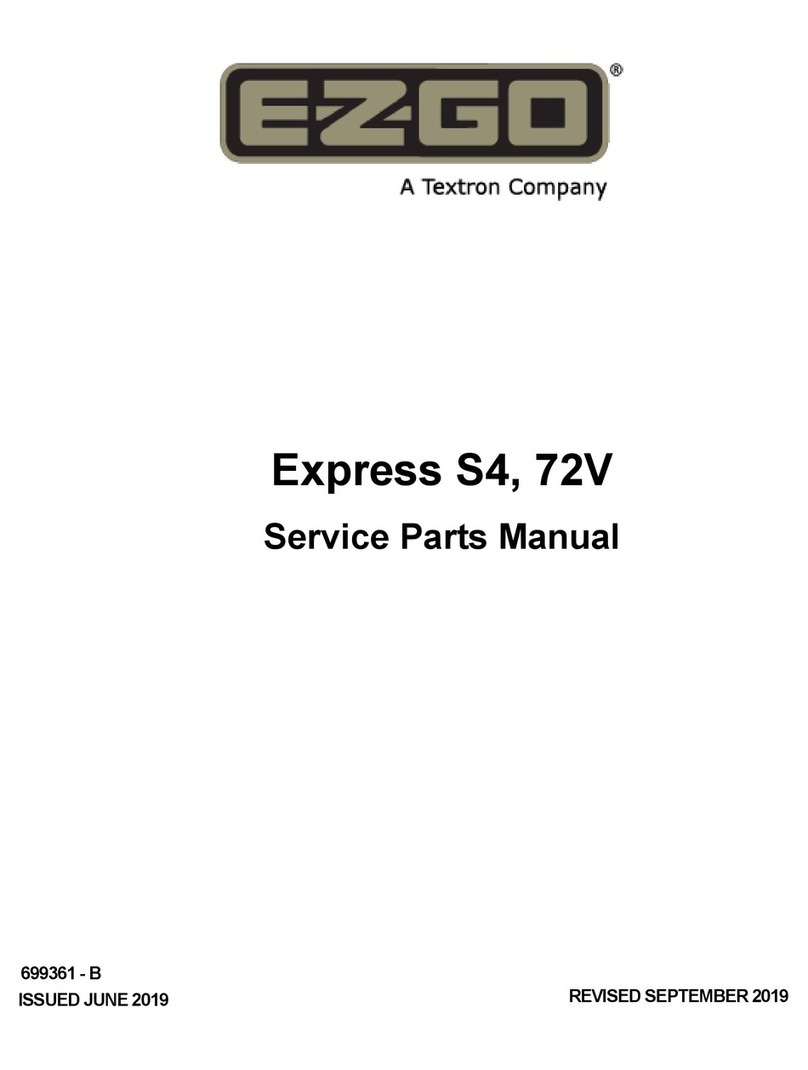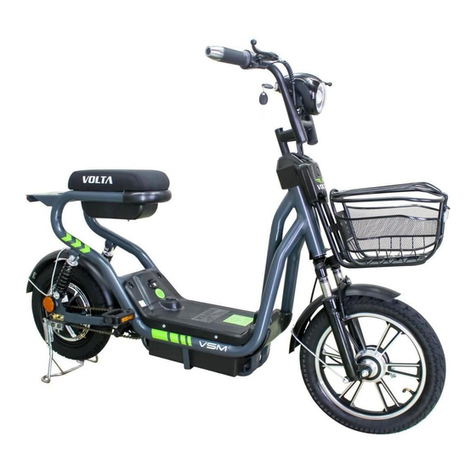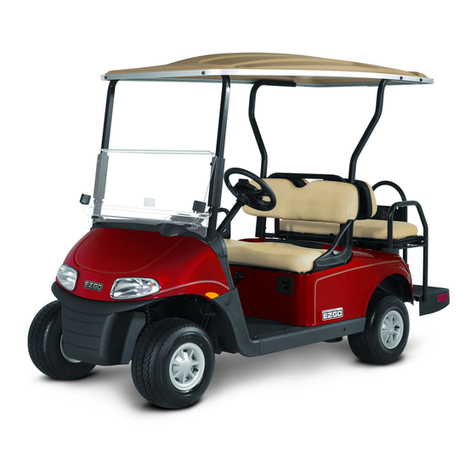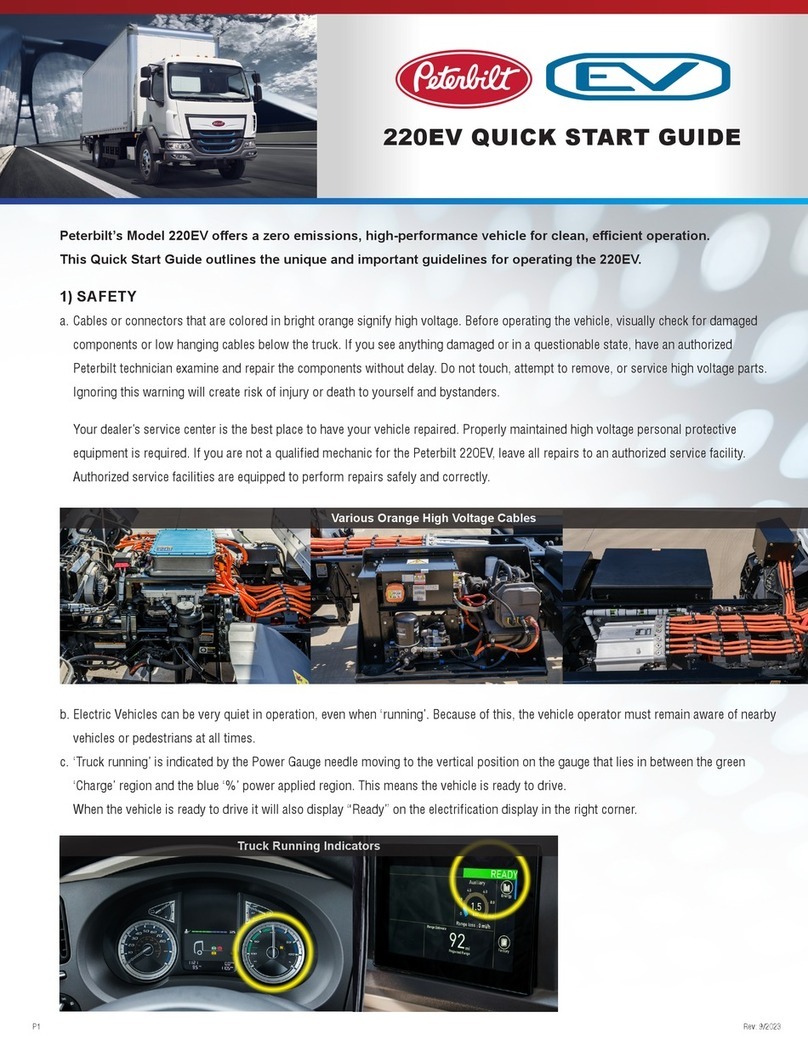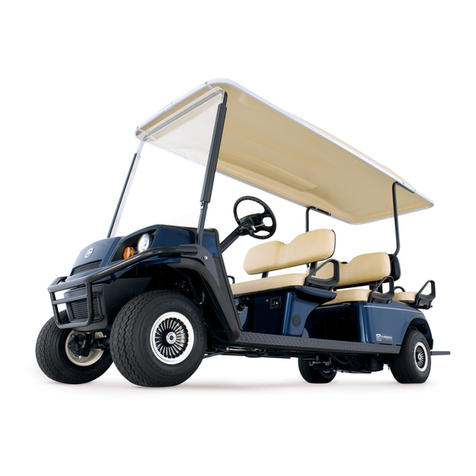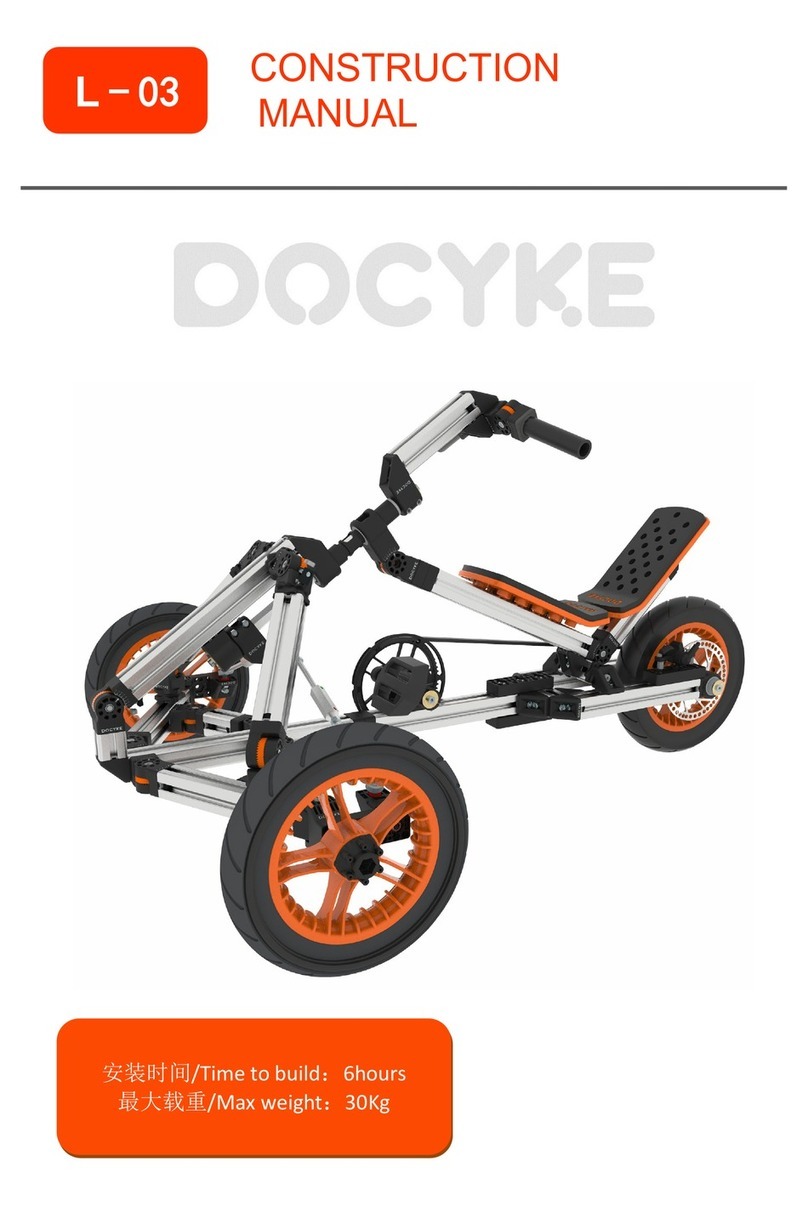Tools Required ..................................................... 3-3 Hoist
Lifts .............................................................. 3-4
Hoisting the Rear of Vehicle .................................
3-4 Hoisting the front of Vehicle ..................................
3-4
Floor Jack Procedure ........................................... 3-4
Lifting the Rear of Vehicle .................................... 3-4
Lifting the Front of Vehicle .................................... 3-4
Jack Stands .......................................................... 3-4
Vehicle Storage .................................................... 3-4
Returning Vehicle To Service ............................... 3-5
Transporting the Vehicle ....................................... 3-5
Torques and Metric Conversion Factors ............... 3-6
SECTION 4 - TROUBLE SHOOTING
Pre-Troubleshooting Steps ................................... 4-1
Battery Testing ..................................................... 4-1
Troubleshooting Specific Complaints ................... 4-2
Troubleshooting with PCPAK ............................... 4-2
Troubleshooting with handheld Calibrator ............ 4-4
Vehicle Drives Slowly ........................................... 4-5
Vehicle Drives in Forward or Reverse Only .......... 4-5
Vehicle Drives but Operation
is Jerky or Inconsistent ......................................... 4-5
Vehicle Power Cuts Out ....................................... 4-5
Flash Codes and
Corrective/Investigative Action ............................. 4-6
Component Troubleshooting ................................ 4-7
SECTION 5 –ACCELERATOR & BRAKE SYSTEM
Accelerator Pedal .................................................. 5-1
Mechanical Brake System..................................... 5-1
General ................................................................. 5-1
Periodic Brake Inspection ..................................... 5-1
Annual Brake Inspection ....................................... 5-1
Mechanical Rear Drum Brake ............................... 5-2
Disassembly .......................................................... 5-2
Brake Drum Service .............................................. 5-3
Reassembly .......................................................... 5-3
Brake Strip Replacement ...................................... 5-4
Mechanical Brake Adjustments ............................. 5-4
Linkage Adjustment .............................................. 5-4
Drum Brake Shoe Adjustment ............................... 5-5
SECTION 6 - FRONT WHEELS, FORK & STEERING
General ................................................................. 6-1
Front Wheels and Hubs ........................................ 6-1
Inspecting/Replacing Wheel Hub Bearings ........... 6-2
Roller Bearings ..................................................... 6-2
Installing Front Wheel Hubs And Wheels .............. 6-2
Tires ...................................................................... 6-2
Tiller Equipped Model ........................................... 6-2
Removing Tiller ..................................................... 6-2
Replacing Steering Shaft Bearings ....................... 6-2
Installing Tiller ....................................................... 6-3
Steering Wheel Equipper Model ........................... 6-3
Removing Steering Wheel .................................... 6-3
Replacing Steering Shaft Bearings ....................... 6-3
Installing Steering Wheel ...................................... 6-3
Upper Steering Group ........................................... 6-3
Disassembly .......................................................... 6-3
Assembly .............................................................. 6-3
Front Suspension Fork –3 Wheel ......................... 6-4
Removal ................................................................ 6-5
Installing ................................................................ 6-5
Front Non-suspension Fork –3 Wheel ................. 6-5
Front Suspension –4 Wheel ................................. 6-5
Replacing Tie Rods ............................................... 6-5
Replacing Bushings .............................................. 6-7
SECTION 7 - REAR WHEELS, REAR SUSPENSION &
AXLE ASSEMBLY
Rear Wheels ......................................................... 7-1
Removing Rear Wheels ........................................ 7-1
Rear Axle Wheel Bearings .................................... 7-1
Installing Rear Wheels .......................................... 7-1
Tires ...................................................................... 7-1
Rear Suspension .................................................. 7-1
Replacing Rear Shock Absorbers ......................... 7-1
Replacing Rear Springs ........................................ 7-1
Rear Axle Assembly .............................................. 7-2
Removing Rear Axle ............................................. 7-2
General ................................................................. 7-3
Torques ................................................................. 7-3
Disassembling Rear Axle ......................................
7-5 Assembling Rear Axle ...........................................
7-8
Installing Rear Axle ............................................... 7-10
Rear Axle Differential Oil ....................................... 7-10
Changing Differential Oil ....................................... 7-10
SECTION 8 –BODY & CHASSIS
Front Bumper........................................................ 8-1 Horn
...................................................................... 8-1
Cargo Deck........................................................... 8-1
Controls and Console ........................................... 8-1
Battery Charger Indicator ..................................... 8-1
Hour Meter............................................................ 8-1
On/Off Key switch ................................................. 8-1
Directional Key Switch .......................................... 8-1
Horn Button .......................................................... 8-2 Seats
.................................................................... 8-2
Seat Back ............................................................. 8-2
Handrails .............................................................. 8-2
Brake Light ........................................................... 8-3
Fuse Block ............................................................ 8-3
SECTION 9 –BATTERIES & BATTERY CHARGER
Important Information ........................................... 9-1
Safety Information ................................................ 9-1
Antidotes .............................................................. 9-1
Battery Inspection & Maintenance ........................ 9-1
Battery Cleaning ................................................... 9-1

